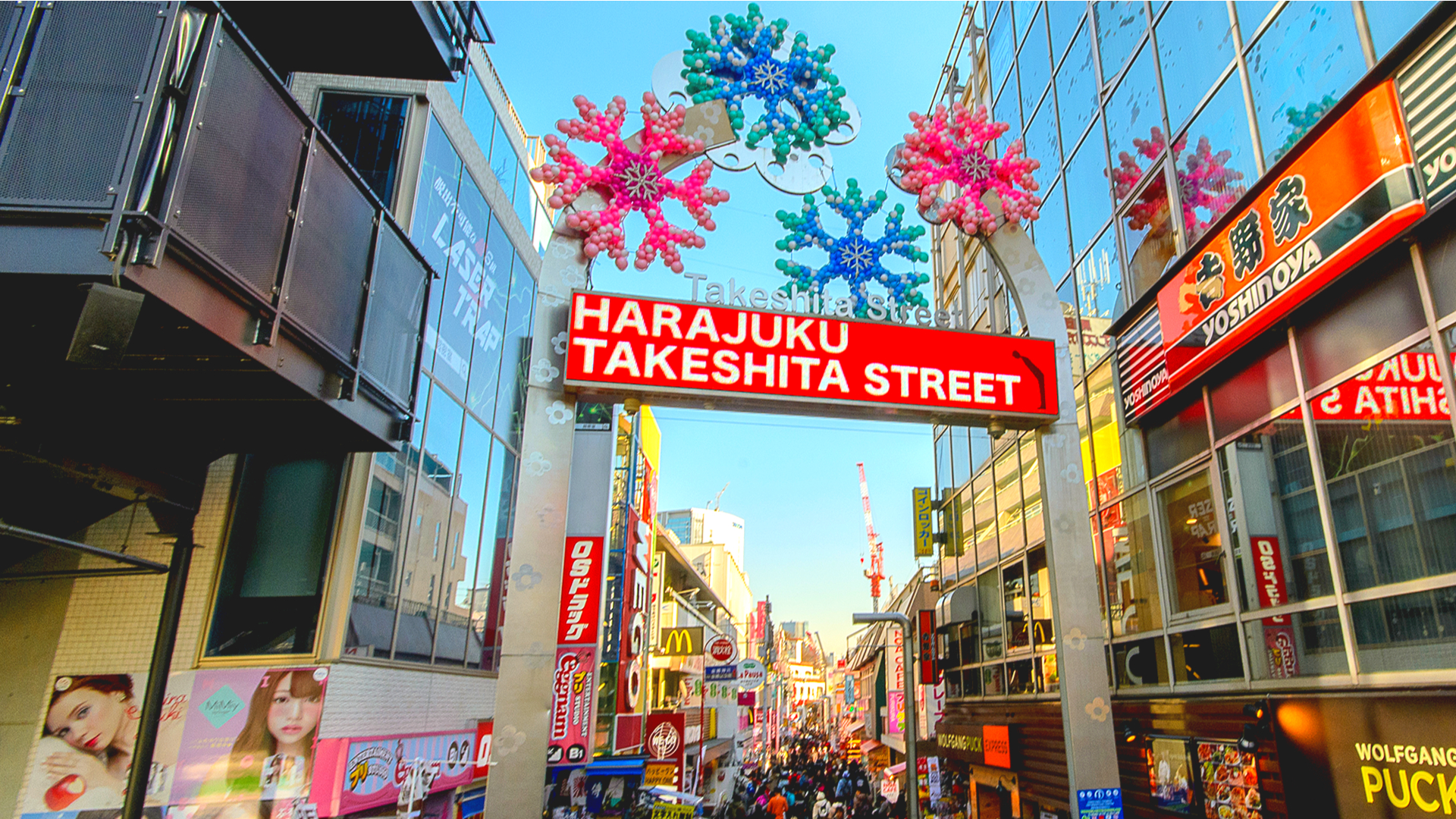- HOME
- News & Column
- Shinjuku/Shibuya Tourist Information
Shinjuku/Shibuya Tourist Information
Shinjuku/Shibuya
Shinjuku
As a “City of Diversity,” Shinjuku Station, the world’s busiest station in terms of passengers, attracts a diverse range of people, and traditional and modern cultures and subcultures are concentrated in the area. There are 123 nationalities registered as residents (as of June 1, 2021). In addition, there are many restaurants, cultural facilities, hospitals, and schools, making it a convenient yet natural city in which to live.
Shibuya
Shibuya Ward was created on October 1, 1932, when the towns of Shibuya, Sendagaya, and Yoyobata merged to form part of the 35 wards of greater Tokyo, along with 79 other towns and villages. The urban areas around Shibuya and Harajuku are home to various commercial buildings and facilities, including fashion-related stores, Omotesando Hills, Shibuya Hikarie, Shibuya Stream, Shibuya Scramble Square, WITH HARAJUKU, and MIYASHITA PARK, attracting many visitors as well as ward residents. In addition, despite being in the heart of the city, the area is blessed with abundant nature such as Meiji Jingu Shrine and Yoyogi Park
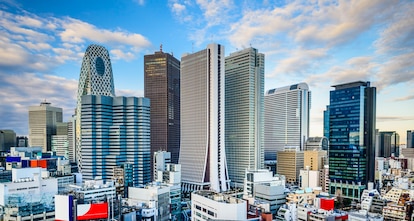
Shinjuku Gyoen National Garden
Shinjuku Gyoen a spacious garden with an area of 58.3 hectares (144 acres) and a circumference of 3.5 kilometers. In 1906 it was established as an Imperial Garden and it is now managed by the Japanese government. It consists of three distinct styles: an expansive Landscape Garden, a symmetrically arranged Formal Garden, and a calm Japanese Traditional Garden. These well-designed gardens are said to be masterpiece of garden landscapes in Japan. It is a place where you can fully enjoy the scenery in every season. About 1,000 cherry trees from 65 species bloom in spring, and in autumn the fall foliage is spectacular. Shinjuku Gyoen also has a tea house where you can enjoy powdered green tea and traditional Japanese cakes. Experiencing a casual tea ceremony (for an extra fee) is one of the attractions. Admission Fee: Adults ¥500; Junior high school students and under are free. Shinjuku Gyoen is a five-minute walk from the Tokyo Metro Marunouchi Line Shinjuku-Gyoenmae Station (Exit No. 1) or a ten-minute walk from JR (Japan Railways) Shinjuku Station (South Exit). Note that alcoholic beverages cannot be brought into the park and that use of toys and sports equipment is also prohibited in the garden.
https://livejapan.com/en/in-tokyo/in-pref-tokyo/in-shinjuku/spot-lj0002321/
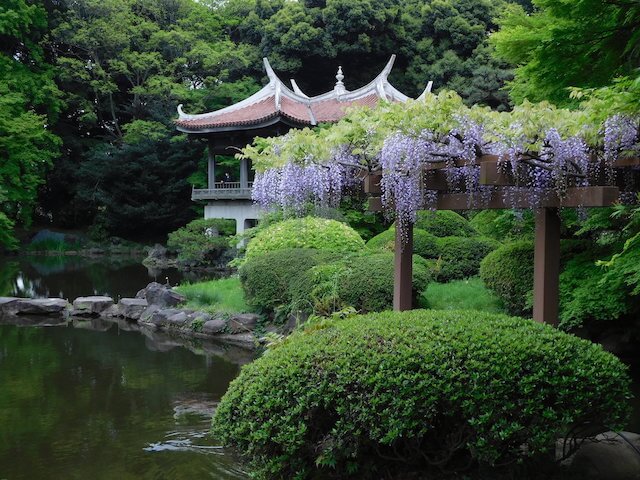
Golden Street in Shinjuku
“Golden Street” is also called “matchbox” in Japan. It is a small unique place where there are 280 bars and restaurants. Let me introduce this street, which is very popular among foreigners.”Kabukicho” in Tokyo is a street lined with host and hostess clubs something like a “redlight” district. The Golden Street is a contrasting area from the clean atmosphere and stiff manners of usual Japanese service industry. It provides a unique place. Compared with bars in other parts of the world, however, it is quiet and safe. The Golden Street shows us the deep side of Tokyo.
https://livejapan.com/en/in-tokyo/in-pref-tokyo/in-shinjuku/article-a0000173/
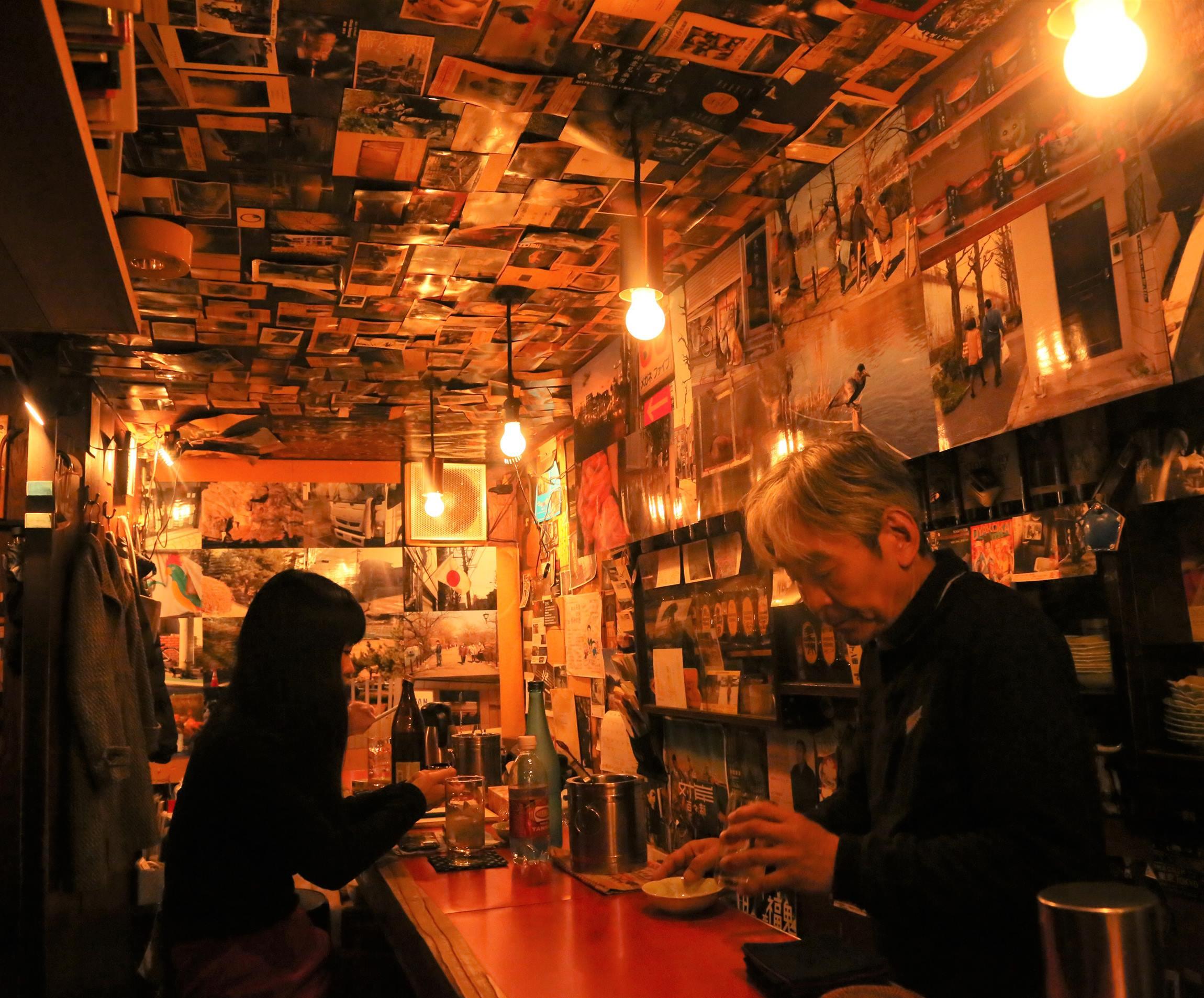
Meiji Jingu
When in Tokyo, you might want to visit a shrine to experience Shinto, Japan’s indigenous faith. One of the best places to do so in the Japanese capital is Meiji Shrine, located in the trendy neighborhood of Harajuku. Meiji Shrine is 700 thousands square meters large and enshrines the Meiji Emperor and Empress Shoken, known for their prominent role in modernizing Japan. As the shrine was built, people from all over Japan offered trees as donations to the shrine grounds, resulting in a now lush and thick forest. Over 100,000 of such donated trees were planted by about 110,000 young volunteers. It’s probably the most nature-abundant place in Tokyo.
https://livejapan.com/en/in-tokyo/in-pref-tokyo/in-harajuku/article-a0000117/
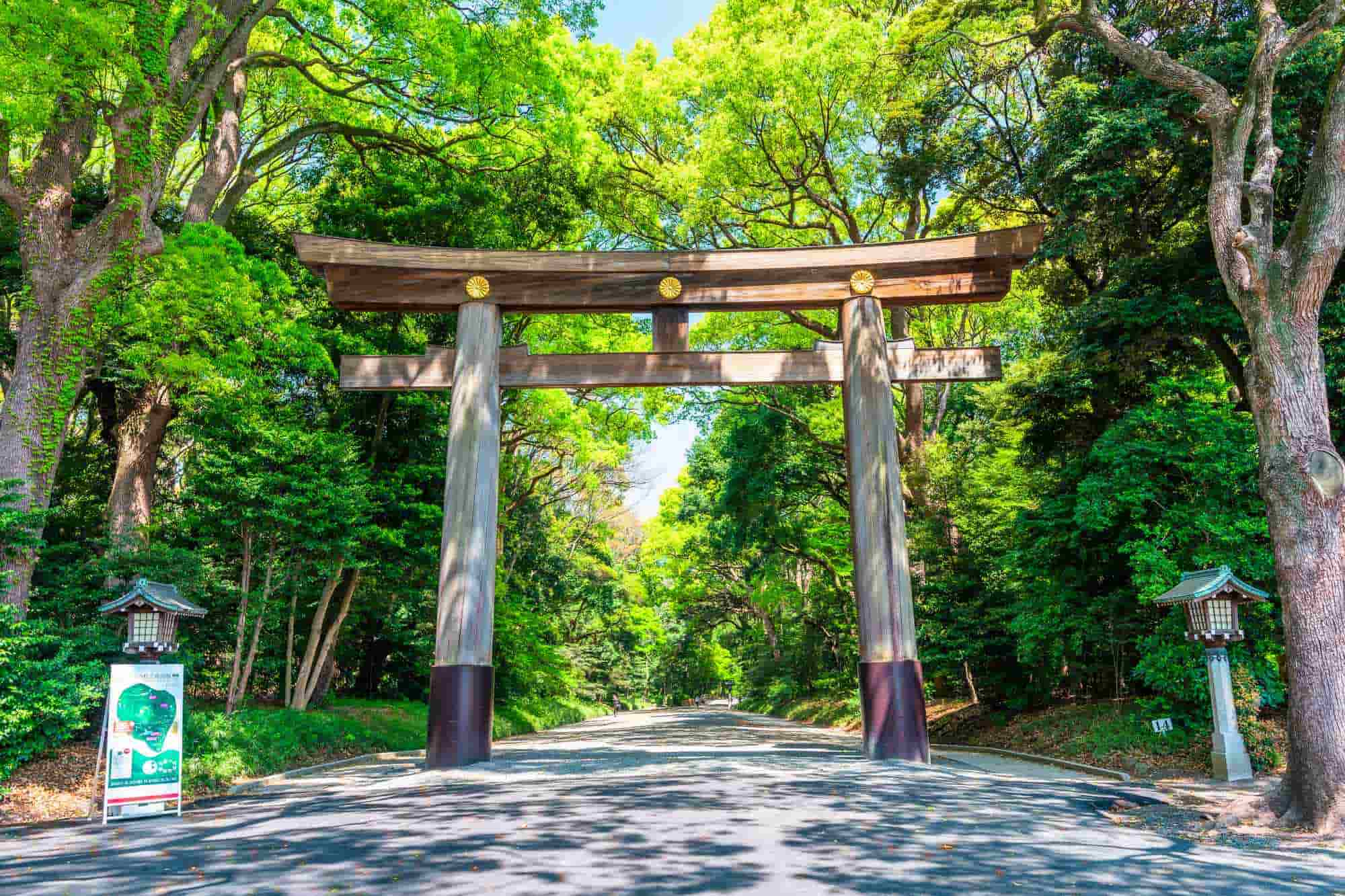
Harajuku Station Area Map & Sightseeing Information
For decades, Harajuku has been the center of affordable, casual, and subculture fashion and a favorite spot for young people. The heart of Harajuku is undoubtedly Takeshita Street, a colorful 350 meter-long street line with all sorts of fashion stores… and the reputation is well-deserved: the area is a melting pot for Japanese subculture and style. When it comes to looks, everything is allowed in Harajuku. Whether Gothic Lolita, J-Rocker or Rapper, Harajuku welcomes everybody with open arms. A few minutes away by walk, the Cat Street can be found, where there are more select shops. Lined with stylish shops that can satisfy adults, it gives off an atmosphere less suitable for young people. From street style fashion to the basics, you can find a large range of items here. For a more high-class oriented shopping, the Omotesando avenue is bustling with worldwide renowned brands, so don’t hesitate to shed off your school or work uniform, and dip into the colorful pool of Harajuku area!
https://livejapan.com/en/in-tokyo/in-pref-tokyo/in-harajuku/article-a0000718/
